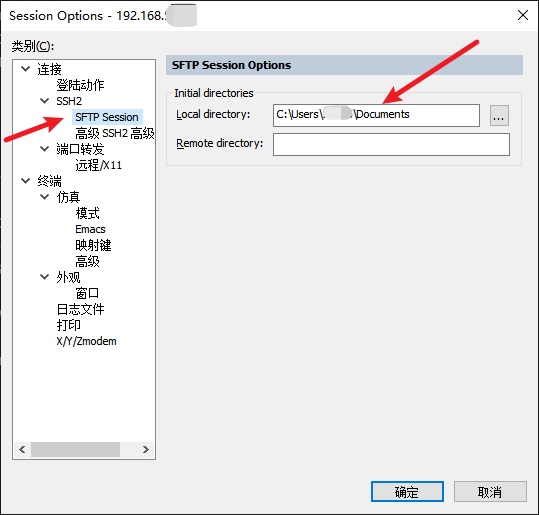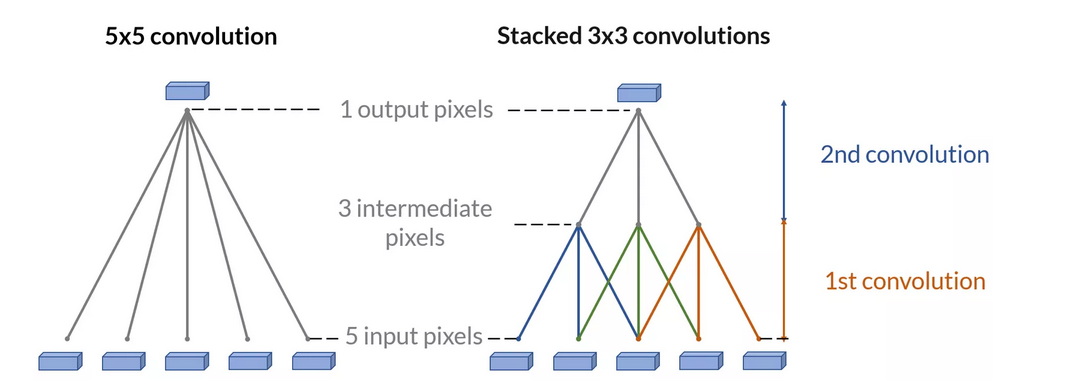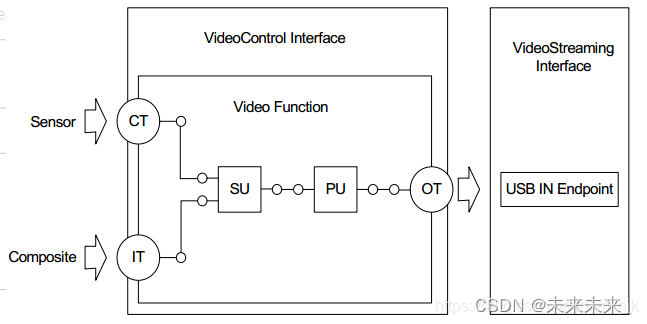Android 注解的语法原理和使用方法
关于我
在 Android 开发中,注解(Annotation)是一种强大的工具,用于在代码中添加元数据。注解可以简化代码、提高可读性、减少样板代码,并且在一定程度上增强编译时的类型检查。本文将介绍如何定义和使用具有一个元素和多个元素的注解,并讨论一些常见的实际应用场景。
注解基础
注解是用于为代码提供元数据的特殊接口。注解可以用于类、方法、字段、参数等。通过注解,开发者可以标记代码的特定部分,以便在编译时或运行时进行处理。
定义和使用具有一个元素的注解
当注解只有一个元素时,我们可以简化其使用方式。特别是当这个元素名为 value 时,可以直接使用该注解,而不需要显式指定元素名。
定义一个元素的注解
以下是一个只有一个元素的注解示例:
import java.lang.annotation.Retention;
import java.lang.annotation.RetentionPolicy;
@Retention(RetentionPolicy.RUNTIME)
public @interface SingleElementAnnotation {
String value() default "default";
}
使用该注解
在使用注解时,如果注解只有一个元素,并且元素名为 value,可以直接提供元素的值:
@SingleElementAnnotation("custom value")
public class MyClass {
// 类实现
}
如果不提供值,则使用默认值:
@SingleElementAnnotation
public class AnotherClass {
// 类实现
}
如果注解只有一个元素,一定要使用 value() 吗?
不一定。虽然 value() 是一种约定俗成的命名方式,允许我们在使用注解时省略元素名,但注解的元素可以使用任何名称。不过,如果选择其他名称,则在使用注解时必须显式指定该名称。
例如:
public @interface SingleElementAnnotation {
String name() default "default";
}
使用时需要指定元素名:
@SingleElementAnnotation(name = "custom value")
public class MyClass {
// 类实现
}
定义和使用具有多个元素的注解
当注解有多个元素时,需要显式指定每个元素的值。在这种情况下,不能省略元素的名称。
定义多个元素的注解
以下是一个具有多个元素的注解示例:
import java.lang.annotation.Retention;
import java.lang.annotation.RetentionPolicy;
@Retention(RetentionPolicy.RUNTIME)
public @interface MultipleElementAnnotation {
String name();
int age() default 0;
String[] tags() default {};
}
使用该注解
在使用具有多个元素的注解时,需要为每个元素指定值:
@MultipleElementAnnotation(name = "John Doe", age = 30, tags = {"developer", "android"})
public class Person {
// 类实现
}
如果某个元素有默认值,可以省略对该元素的显式赋值:
@MultipleElementAnnotation(name = "Jane Doe")
public class AnotherPerson {
// 类实现
}
实际开发场景中的注解使用
注解在 Android 开发中被广泛应用于依赖注入、视图绑定、权限处理等场景。下面将详细介绍这些场景的具体使用方法。
依赖注入的详细范例
Dagger 是一个流行的依赖注入框架。在 Dagger 中,@Inject 注解用于标记需要注入的依赖。以下是一个详细的示例,展示如何在 Android 项目中使用 Dagger 进行依赖注入。
定义依赖
首先,定义一个需要注入的依赖类:
public class Engine {
@Inject
public Engine() {
// 构造函数实现
}
}
定义模块
接下来,定义一个 Dagger 模块,用于提供依赖:
import dagger.Module;
import dagger.Provides;
@Module
public class AppModule {
@Provides
Engine provideEngine() {
return new Engine();
}
}
定义组件
定义一个 Dagger 组件,连接模块和需要注入的目标类:
import dagger.Component;
@Component(modules = AppModule.class)
public interface AppComponent {
void inject(Car car);
}
注入依赖
在目标类中使用 @Inject 注解标记依赖,并通过组件进行注入:
public class Car {
@Inject
Engine engine;
public Car() {
DaggerAppComponent.create().inject(this);
}
public void drive() {
// 使用注入的 engine 实例
System.out.println("Car is driving with " + engine);
}
}
视图绑定的详细范例
ButterKnife 是一个用于视图绑定的库。它通过注解简化了视图的绑定过程。
定义布局
首先,定义一个布局文件 activity_main.xml:
<RelativeLayout xmlns:android="http://schemas.android.com/apk/res/android"
android:layout_width="match_parent"
android:layout_height="match_parent">
<TextView
android:id="@+id/textView"
android:layout_width="wrap_content"
android:layout_height="wrap_content"
android:text="Hello, ButterKnife!" />
</RelativeLayout>
使用 ButterKnife 进行视图绑定
在活动中使用 ButterKnife 进行视图绑定:
import android.os.Bundle;
import android.widget.TextView;
import androidx.appcompat.app.AppCompatActivity;
import butterknife.BindView;
import butterknife.ButterKnife;
public class MainActivity extends AppCompatActivity {
@BindView(R.id.textView)
TextView textView;
@Override
protected void onCreate(Bundle savedInstanceState) {
super.onCreate(savedInstanceState);
setContentView(R.layout.activity_main);
ButterKnife.bind(this);
textView.setText("Hello, Android!");
}
}
@BindView 底层相关代码
ButterKnife 的核心功能是通过注解处理器在编译时生成绑定代码。@BindView 注解的工作原理包括:
- 注解处理器:
- ButterKnife 使用注解处理器在编译时扫描带有
@BindView注解的字段,并生成对应的绑定代码。
- ButterKnife 使用注解处理器在编译时扫描带有
@Documented @Retention(CLASS) @Target(FIELD)
public @interface BindView {
@IdRes int value();
}
- 生成的代码:
- 注解处理器生成的代码会在
ButterKnife.bind(this)时调用,以完成视图的绑定。例如,生成的代码可能类似于:
- 注解处理器生成的代码会在
public class MainActivity_ViewBinding implements Unbinder {
private MainActivity target;
public MainActivity_ViewBinding(MainActivity target) {
this.target = target;
target.textView = target.findViewById(R.id.textView);
}
@Override
public void unbind() {
MainActivity target = this.target;
if (target == null) throw new IllegalStateException("Bindings already cleared.");
this.target = null;
target.textView = null;
}
}
- @IdRes 注解:
@IdRes是 Android 提供的一个注解,用于标记一个整数值应该是一个有效的资源 ID。它在编译时进行检查,确保传递的 ID 是合法的资源 ID。
import androidx.annotation.IdRes;
@Documented
@Retention(CLASS)
@Target({METHOD, PARAMETER, FIELD, LOCAL_VARIABLE})
public @interface IdRes {
}
权限处理的详细范例
在 Android 开发中,处理运行时权限是一个常见的需求。可以使用 AndroidX 的 @RequiresPermission 注解来简化权限的声明。
使用 @RequiresPermission 注解
首先,在清单文件中声明权限:
<manifest xmlns:android="http://schemas.android.com/apk/res/android"
package="com.example.myapp">
<uses-permission android:name="android.permission.ACCESS_FINE_LOCATION" />
<application
android:allowBackup="true"
android:icon="@mipmap/ic_launcher"
android:label="@string/app_name"
android:roundIcon="@mipmap/ic_launcher_round"
android:supportsRtl="true"
android:theme="@style/AppTheme">
<activity android:name=".MainActivity">
<intent-filter>
<action android:name="android.intent.action.MAIN" />
<category android:name="android.intent.category.LAUNCHER" />
</intent-filter>
</activity>
</application>
</manifest>
在代码中使用 @RequiresPermission 注解
在代码中使用 @RequiresPermission 注解标记需要权限的方法:
import android.Manifest;
import android.content.Context;
import android.location.Location;
import android.location.LocationManager;
import androidx.annotation.RequiresPermission;
public class LocationHelper {
private LocationManager locationManager;
public LocationHelper(Context context) {
locationManager = (LocationManager) context.getSystemService(Context.LOCATION_SERVICE);
}
@RequiresPermission(Manifest.permission.ACCESS_FINE_LOCATION)
public Location getLastKnownLocation() {
return location
Manager.getLastKnownLocation(LocationManager.GPS_PROVIDER);
}
}
在活动中请求权限并调用该方法:
import android.Manifest;
import android.content.pm.PackageManager;
import android.location.Location;
import android.os.Bundle;
import androidx.annotation.NonNull;
import androidx.appcompat.app.AppCompatActivity;
import androidx.core.app.ActivityCompat;
public class MainActivity extends AppCompatActivity {
private static final int REQUEST_LOCATION_PERMISSION = 1;
private LocationHelper locationHelper;
@Override
protected void onCreate(Bundle savedInstanceState) {
super.onCreate(savedInstanceState);
setContentView(R.layout.activity_main);
locationHelper = new LocationHelper(this);
if (ActivityCompat.checkSelfPermission(this, Manifest.permission.ACCESS_FINE_LOCATION) != PackageManager.PERMISSION_GRANTED) {
ActivityCompat.requestPermissions(this, new String[]{Manifest.permission.ACCESS_FINE_LOCATION}, REQUEST_LOCATION_PERMISSION);
} else {
getLastKnownLocation();
}
}
private void getLastKnownLocation() {
Location location = locationHelper.getLastKnownLocation();
if (location != null) {
// 使用位置信息
}
}
@Override
public void onRequestPermissionsResult(int requestCode, @NonNull String[] permissions, @NonNull int[] grantResults) {
super.onRequestPermissionsResult(requestCode, permissions, grantResults);
if (requestCode == REQUEST_LOCATION_PERMISSION && grantResults.length > 0 && grantResults[0] == PackageManager.PERMISSION_GRANTED) {
getLastKnownLocation();
}
}
}
@RequiresPermission 底层相关代码
@RequiresPermission 注解是 Android 支持库中的一部分,它用于声明需要特定权限的方法。其实现依赖于注解处理器和 Android 框架的权限管理。
@Documented
@Retention(CLASS)
@Target({METHOD, CONSTRUCTOR, FIELD, PARAMETER})
public @interface RequiresPermission {
String[] value() default {};
String[] allOf() default {};
String[] anyOf() default {};
boolean conditional() default false;
}
value、allOf、anyOf用于指定需要的权限。value:指定单个或多个权限。如果有多个权限,都必须被授予。allOf:指定一组必须同时被授予的权限。anyOf:指定一组权限中的任何一个被授予即可。
conditional用于指示权限是否是条件性的。如果是true,则表示权限可能不是必须的,具体取决于运行时的条件。
在编译过程中,Android Lint 工具会使用这些注解信息进行静态分析,以确保调用带有 @RequiresPermission 注解的方法时,调用方已经获得了相应的权限。
总结
注解是 Android 开发中非常有用的工具。通过学习如何定义和使用注解,开发者可以编写更简洁、可维护性更高的代码。本文介绍了具有一个元素和多个元素的注解的定义和使用方法,并结合实际开发场景详细说明了依赖注入、视图绑定和权限处理的应用。
无论是为了简化依赖注入、视图绑定,还是增强编译时检查,掌握注解的使用方法都能显著提高开发效率和代码质量。希望本文能帮助你更好地理解和应用注解,让你的 Android 开发更加顺畅。
联系我







